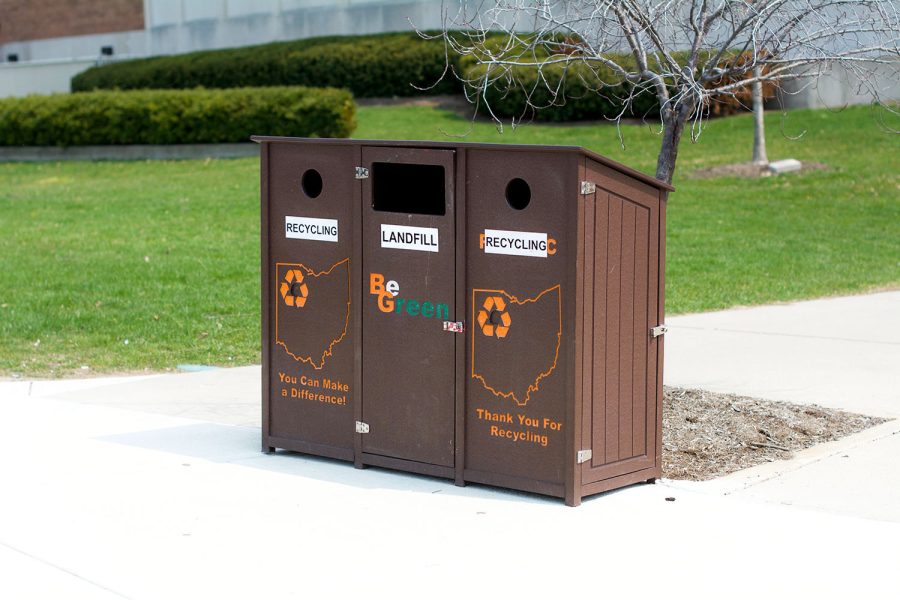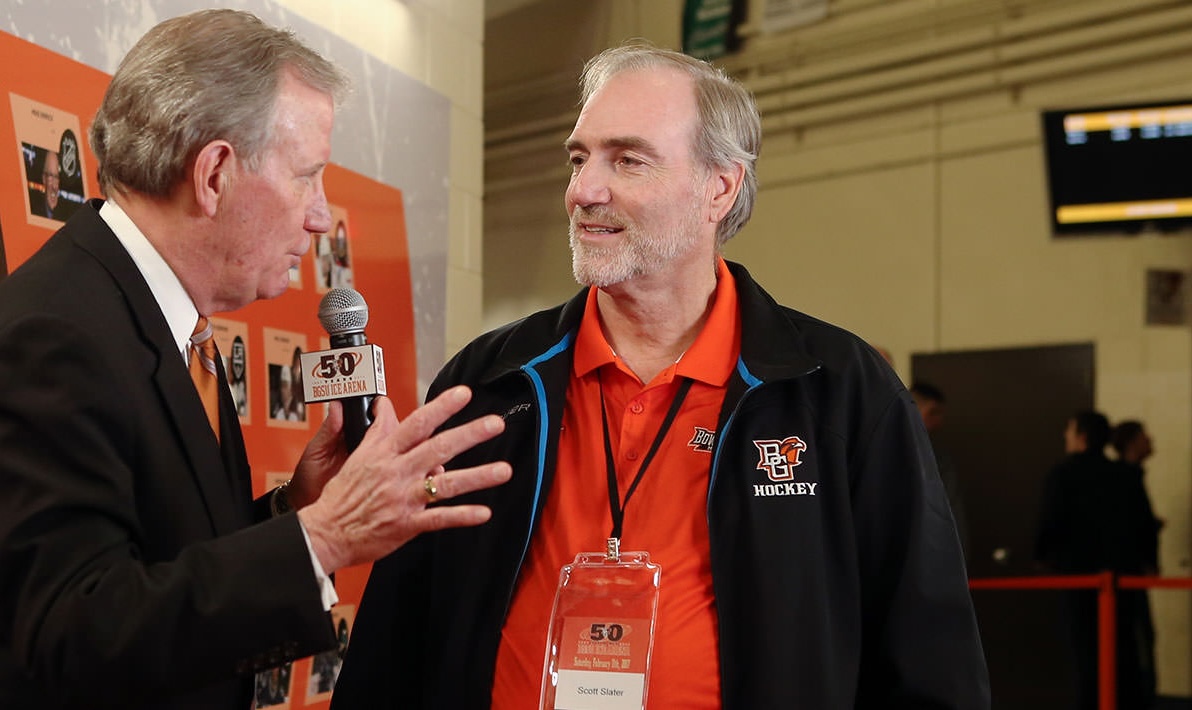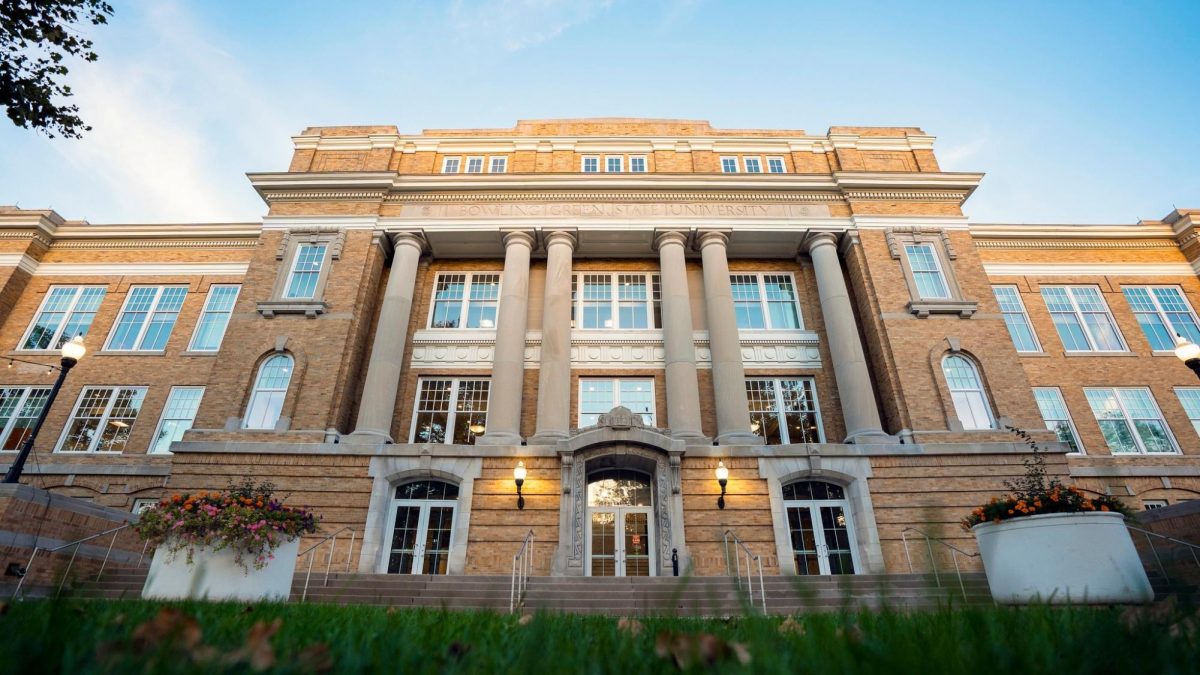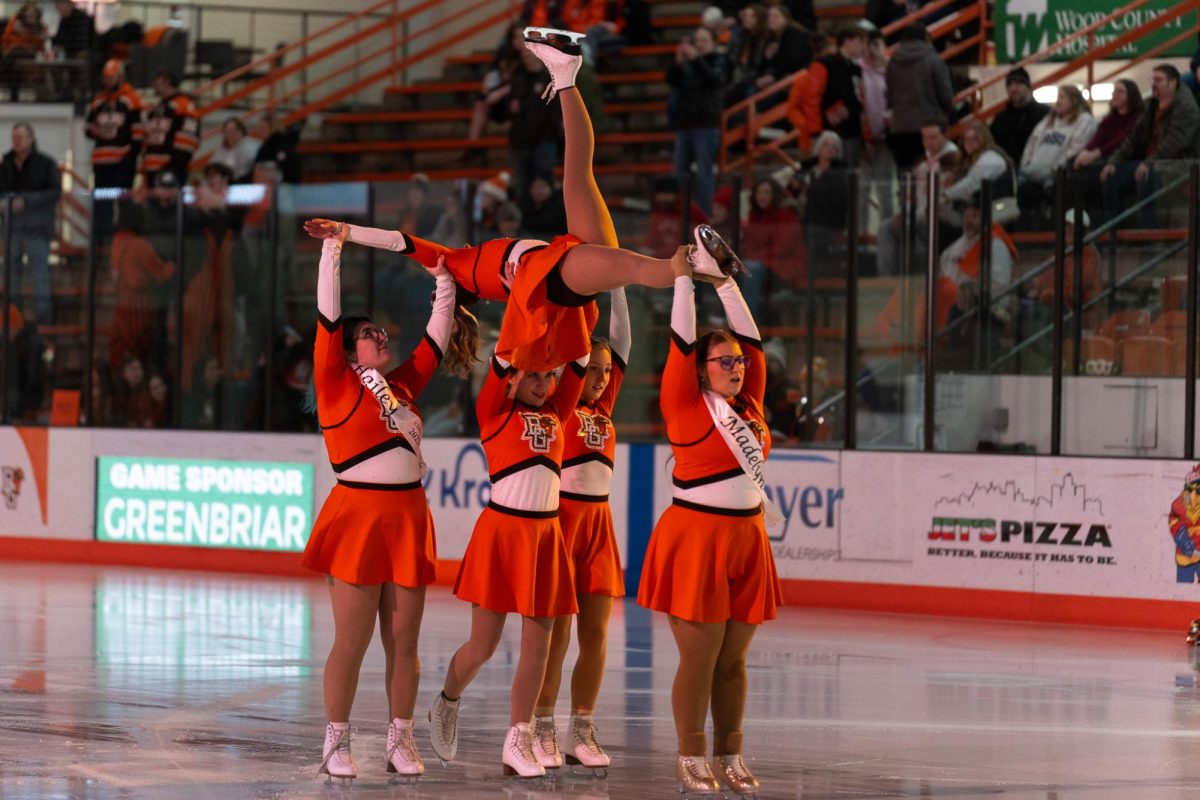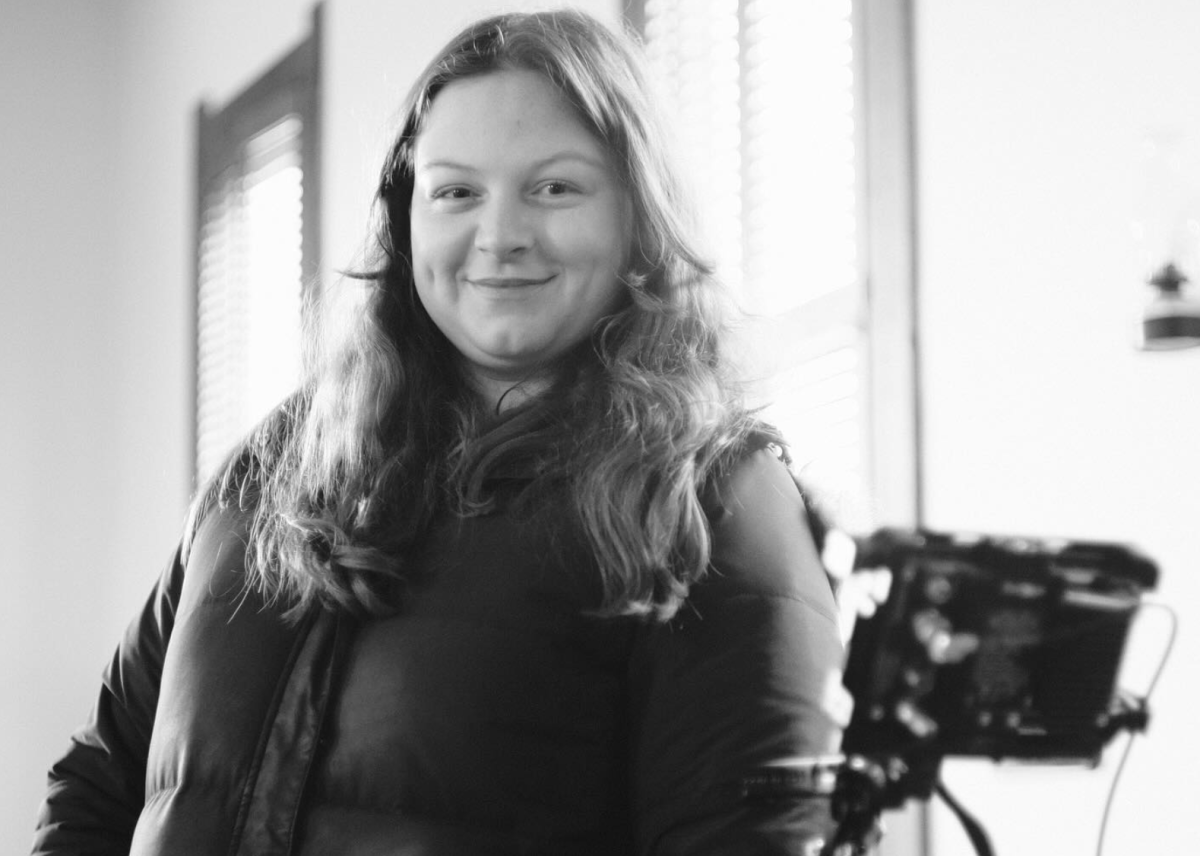From bare statistics alone, nine out of 10 BGSU-wannabes are sent big, fat acceptance letters at the end of each school year. The actual percentage is 87.4, a figure that is among the highest out of the five selective, public state universities in Ohio. According to U.S. News and World Report’s ‘Best Colleges of 2009’ rankings, Ohio State University selects only 59 percent of their college-hopefuls while Ohio University is only a few points lower than BGSU’s at about 82 percent. Kent State is in between at 79.7 percent. Director of Undergraduate Student Admissions Gary Swegan said the numbers aren’t as cut and dry as they seem. According to raw data, the number has been dropping over the past seven years in small increments. ‘There’s always a lot of common misconceptions about how we’re admitting students,’ he said. ‘We’re selective but with an eye for giving as much access as we can.’ Eight years ago, in the 2001-2002 school year, the acceptance rate was 91.5 percent and has been dropping ever since. Swegan and his staff attribute part of the high numbers to the way the University processes the actual application letters. Students without transcripts, the minimum grade point average, or no ACT scores are dropped immediately from the applicant pool and are never counted. Even after they do jump through the first few hoops, applicants may not finish what they started. If any of the important paperwork is not completed, or if they decide on another college after being accepted, those are also shot down as well. And bragging rights between universities are also important – which schools are ranked and in which spots on the popular U.S. News and World Report survey. Higher selectivity might mean a better college degree to some students. Harvard and Yale have acceptance rates around 10 percent and are Ivy League schools. They cost more money to attend and are the models of exclusivity. Lower acceptance rates may mean better education to some. Swegan said sometimes the number of applicants can be inflated for this very reason and on paper, the numbers can generate higher appeal. Ways that other universities do this can simply be better communication to high school and transfer students. More pamphlets, brochures and advertising all around can help get the word out about what puts this particular University above the rest. Other times, the application fee is waived for students on a ‘need basis’ – meaning that those approved do not have to pay the $40 application fee if they show proof they can’t afford it. Swegan said that this tactic can make a school more selective. If a large group of people can apply for free, even if they don’t meet the minimum requirements, they are added to the number of applicants and denied admission, making the admission percentage significantly lower. But even at the 90 percent, some students are still glad for their personal opportunity. Junior Sabrina Worden said even though many get in, not as many get out the way they planned. ‘Usually the people who don’t belong end up dropping out anyway. The good thing is that you could have sucked in high school and then you get to come to college for a second chance,’ she said. Worden also admitted that she was surprised that the number was that low and didn’t know what would keep someone out. ‘I had an ex-boyfriend that was a felon and dropped out of high school two times and got his G.E.D.,’ she said. ‘He still got in.’
‘





